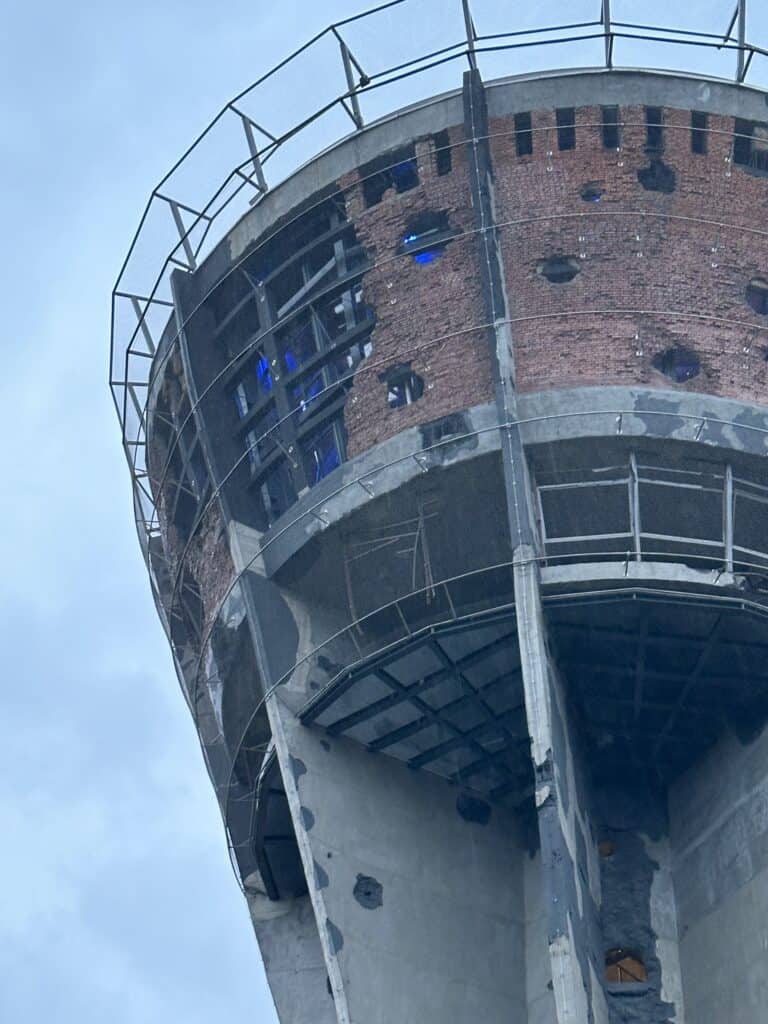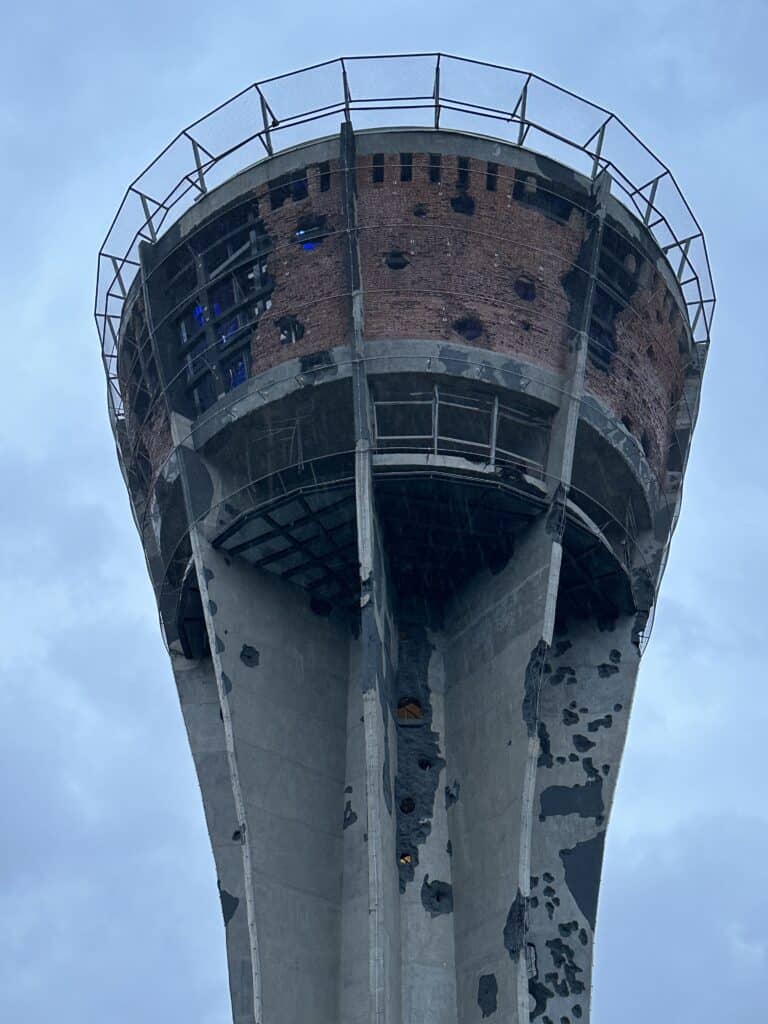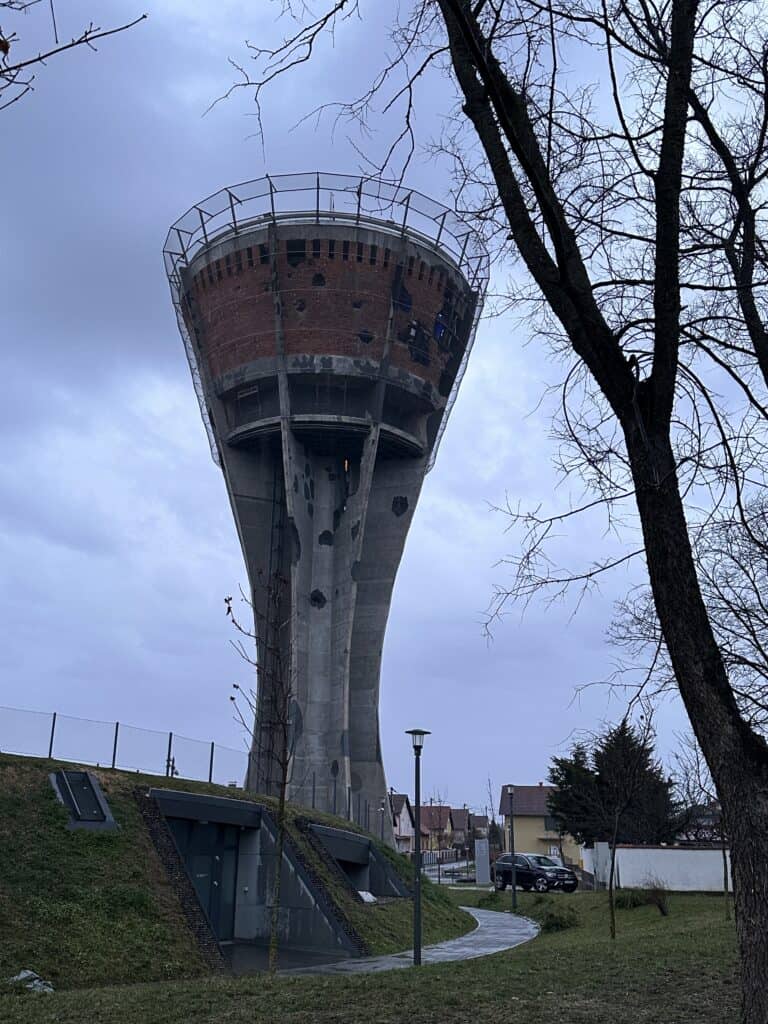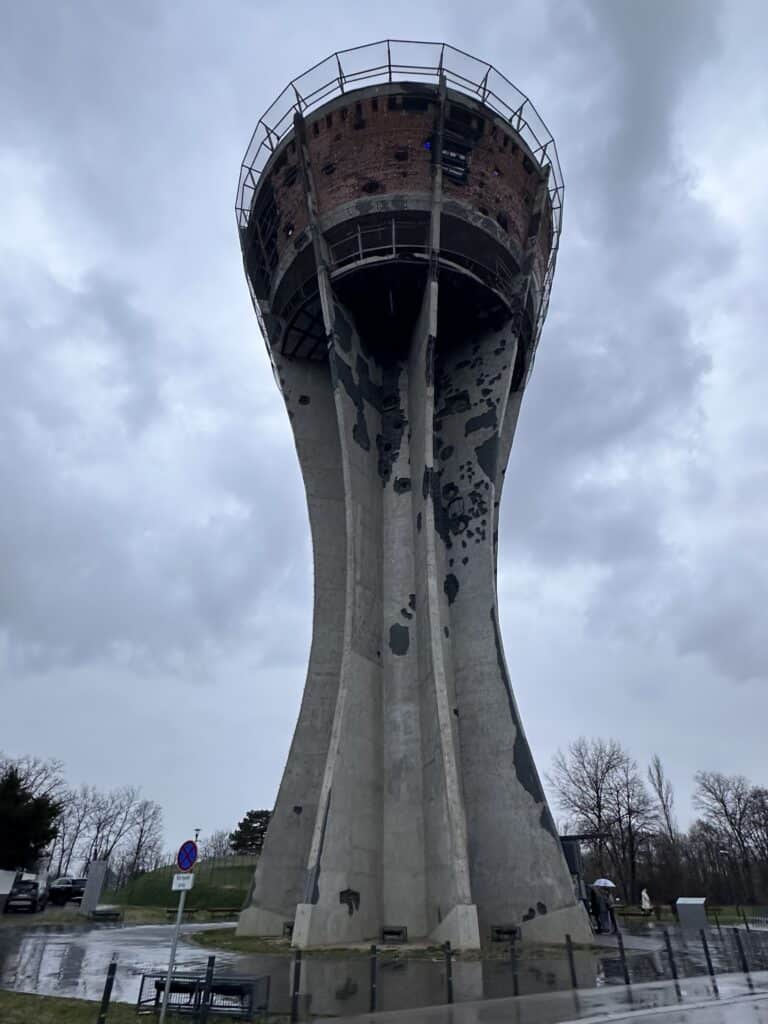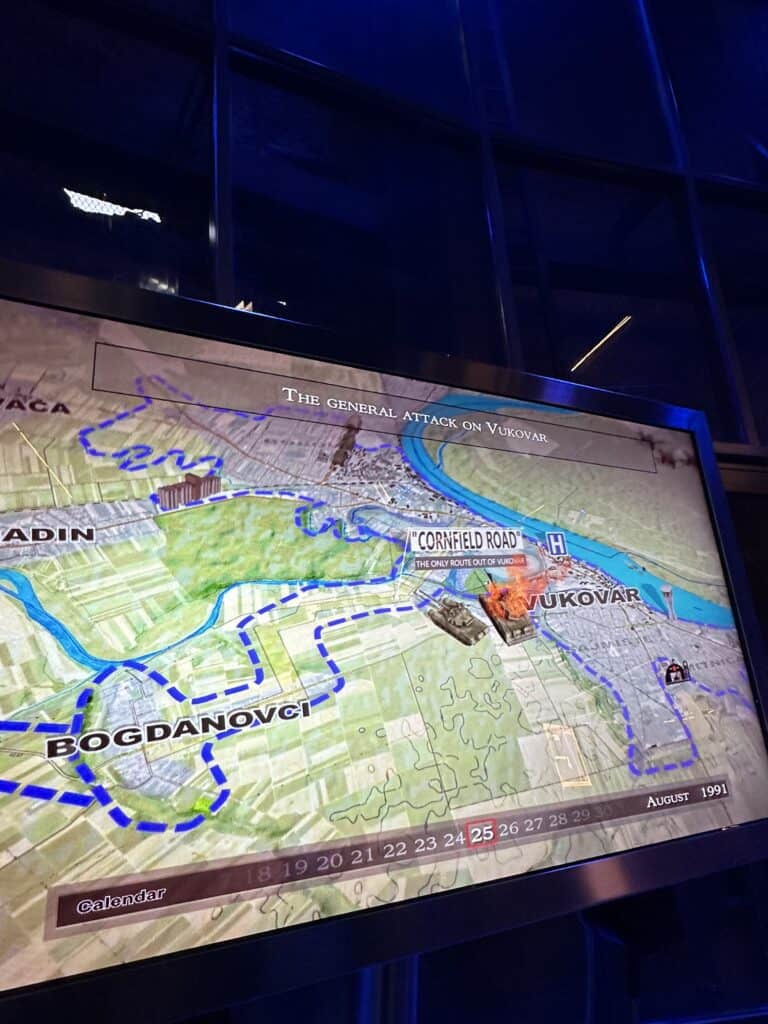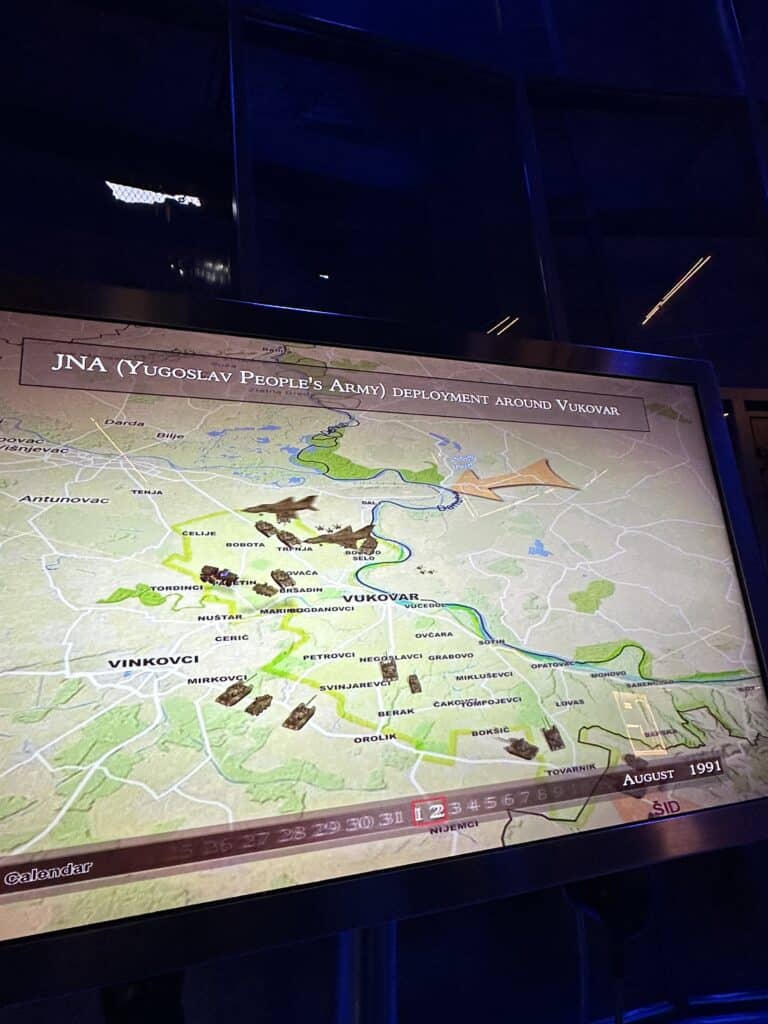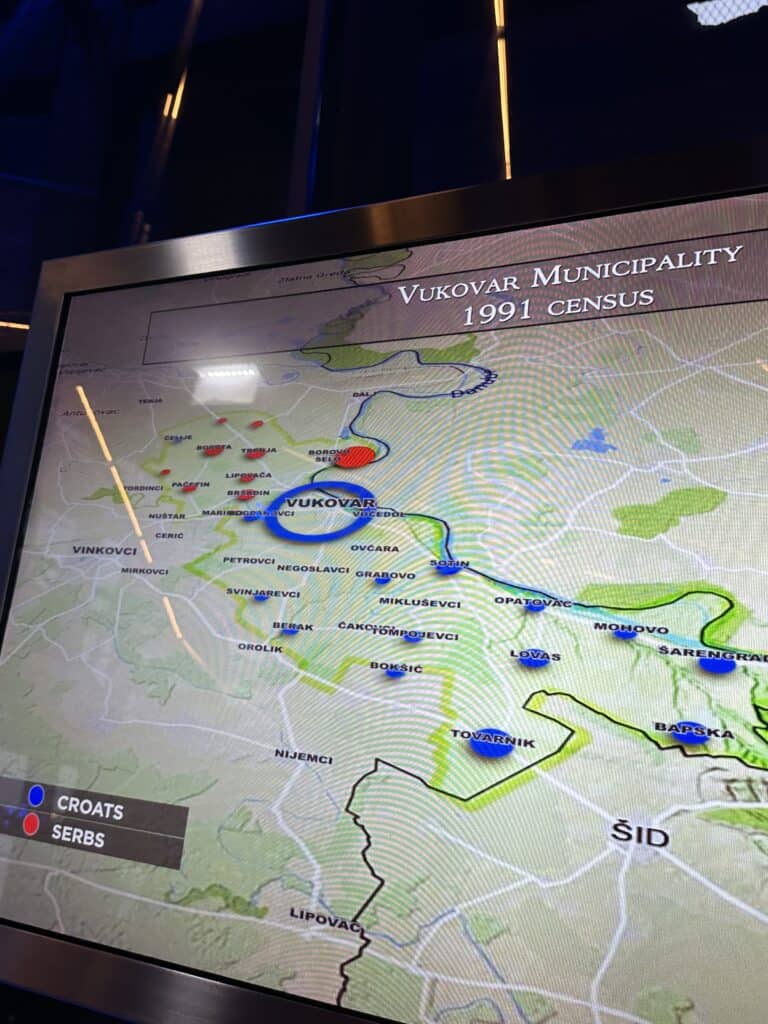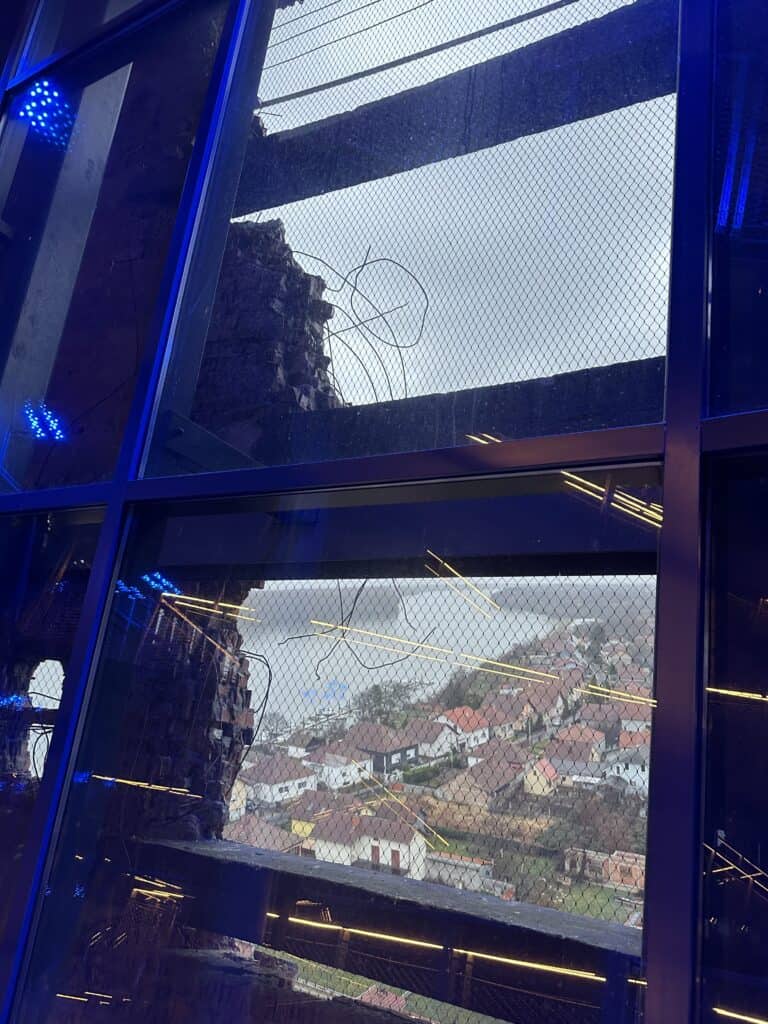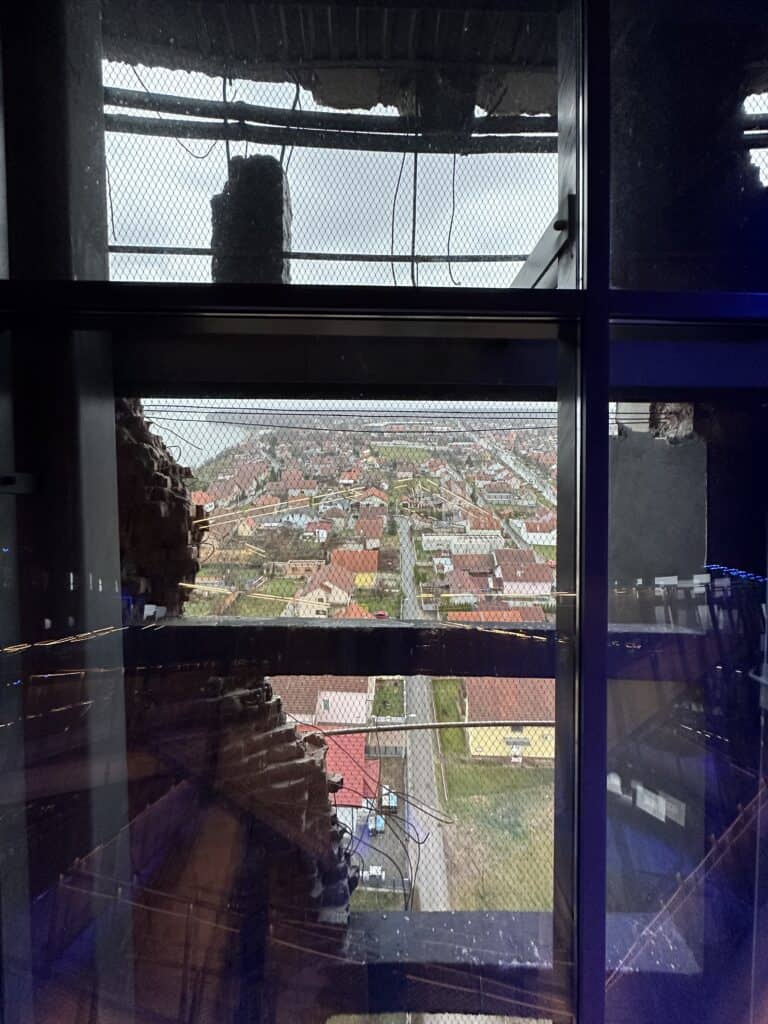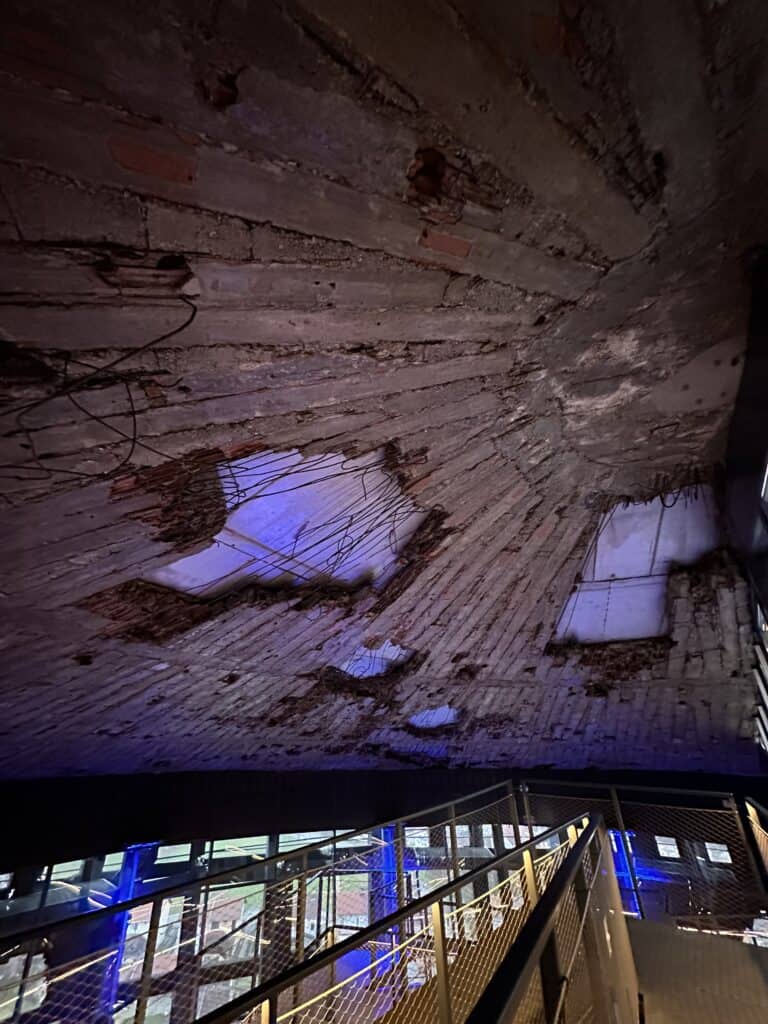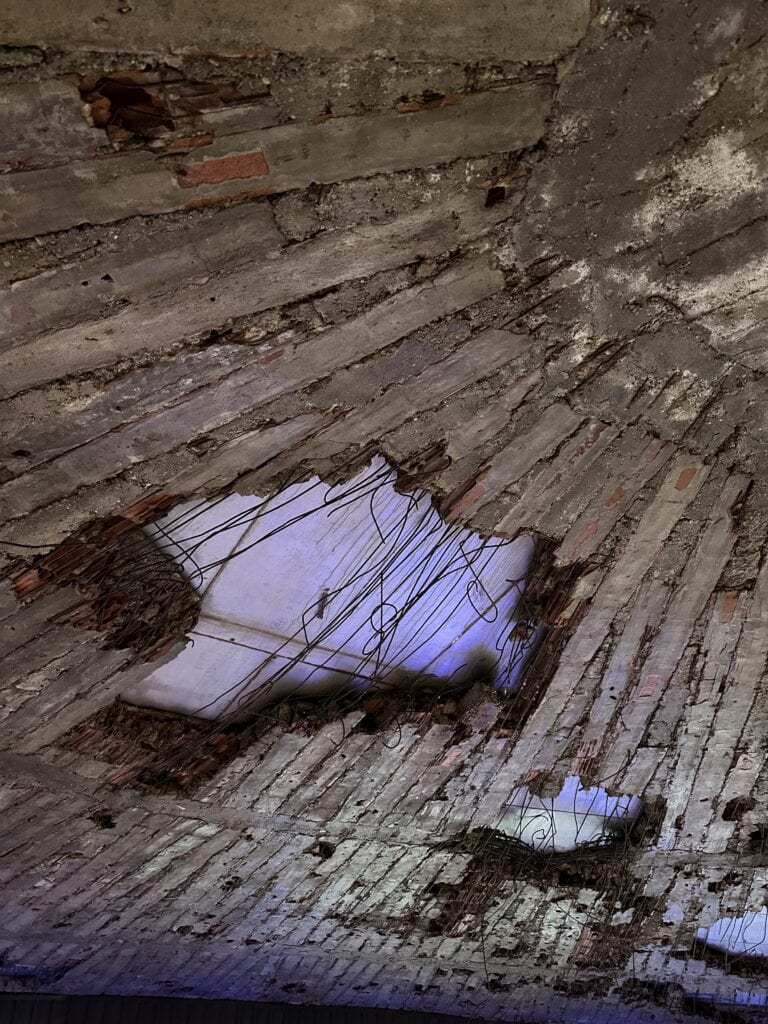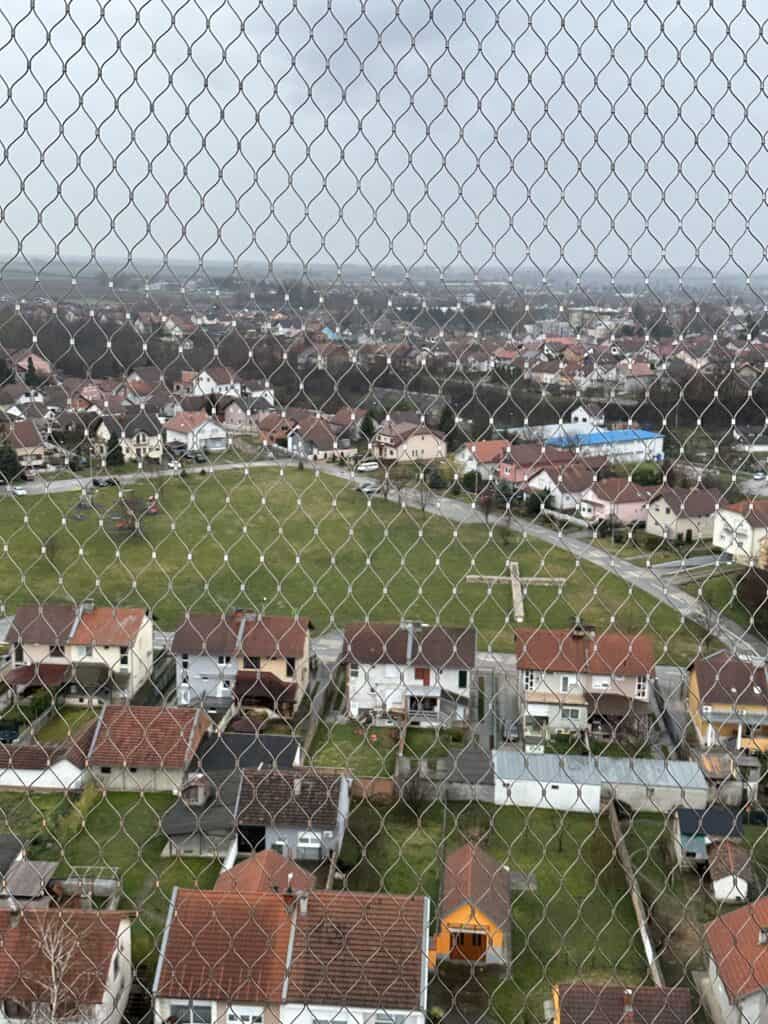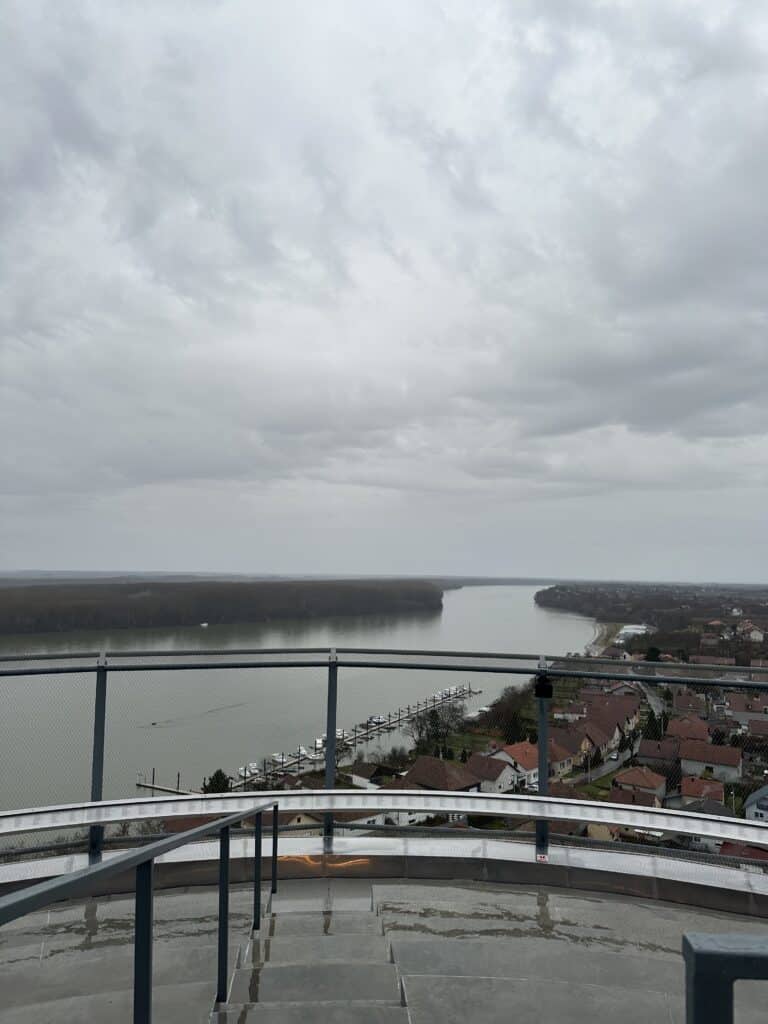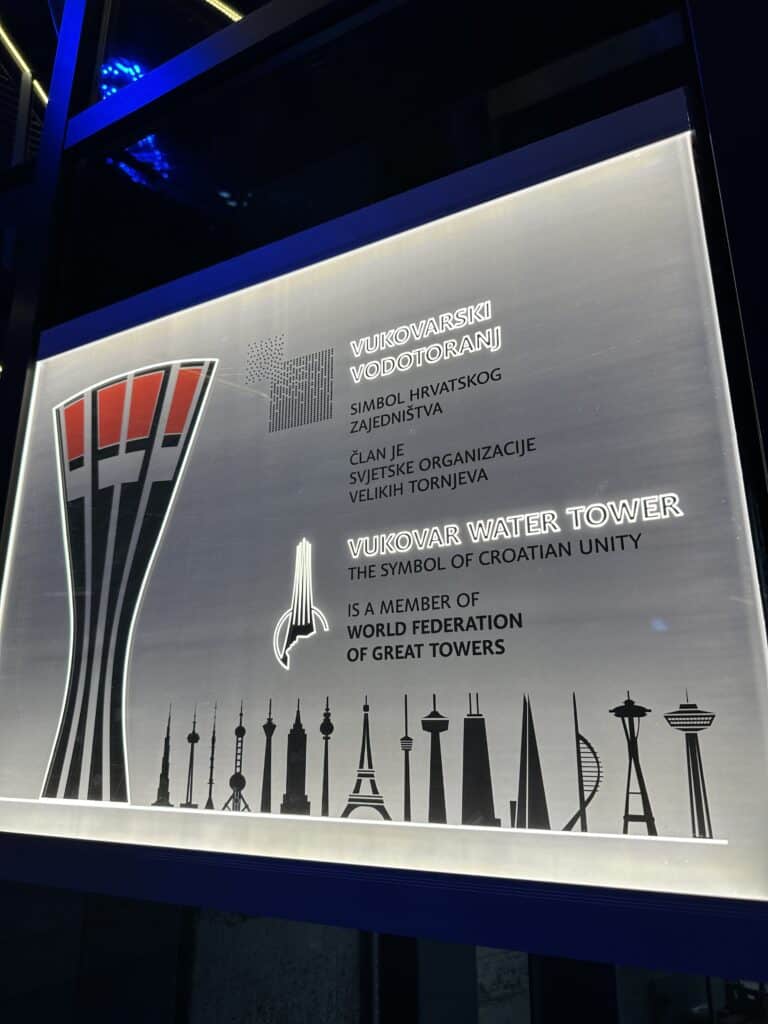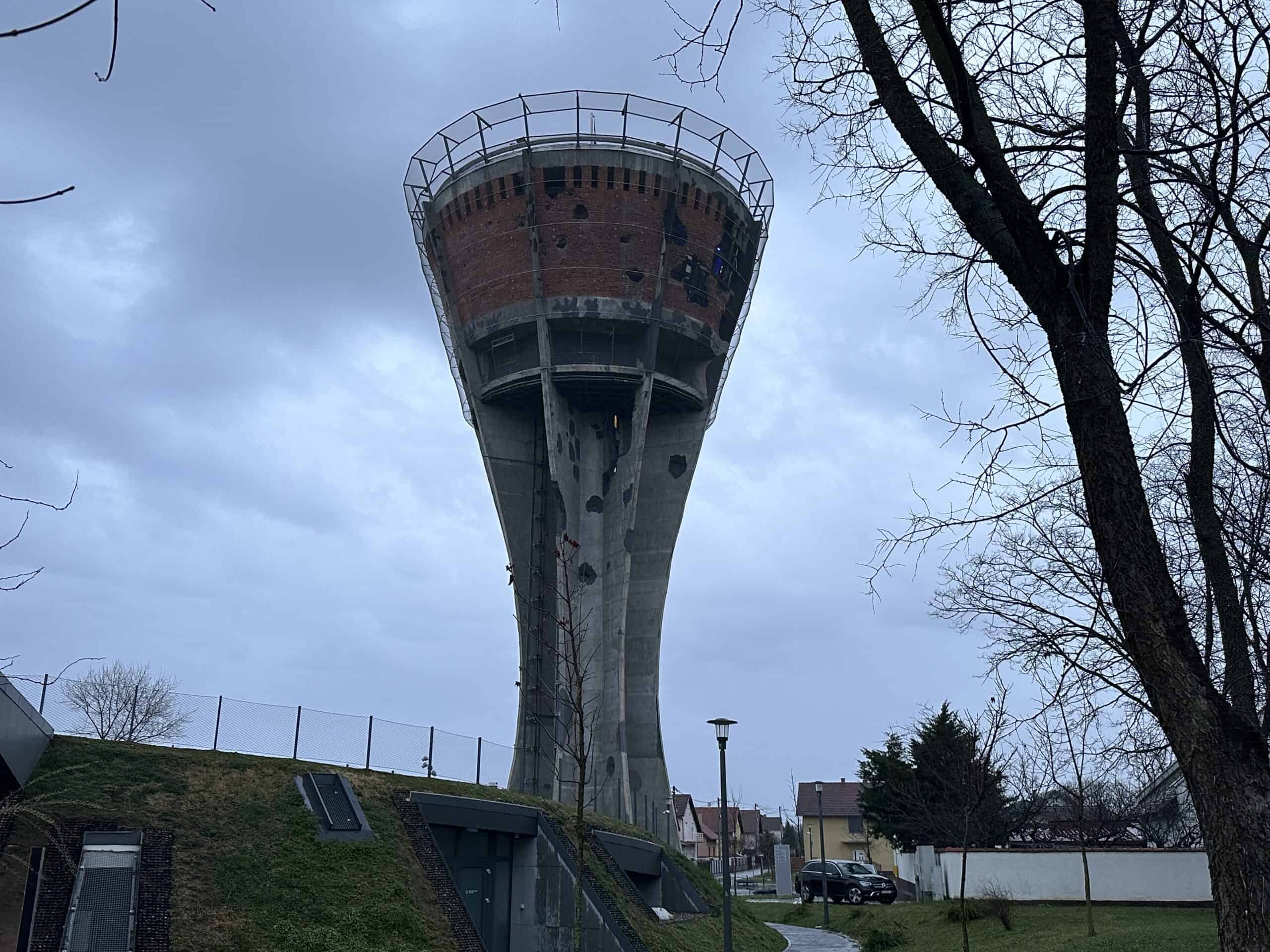
Croatia’s Declaration of Independence on 25 June 1991 was a consequence of the results of a referendum held three months earlier.
This declaration, however, provoked Yugoslav military intervention, determined not to allow Serb-inhabited territories to be dismembered by the Yugoslav Federation and divided from the Serbian motherland.
The attack involved several Croatian cities, including Vukovar.
On 25th August 1991, the siege of the Croatian city by the Yugoslav People’s Army began.
Battle of Vukovar was the largest battle fought on European soil since the end of World War II, making it as infamous as Croatia’s Stalingrad
The main symbol of the siege of Vukovar is its water tower.
The tower was built between 1963 and 1968 and has a height of almost 50 meters.
At the time of its construction, it was among the largest structures of its kind in Europe.
In 1998 Vukovar became part of Croatia again.
After its new unification, the demolition and reconstruction of the water tower was planned. After strong pressure from former Croatian President Tudman, it was decided that the water tower would remain in its original appearance to become the symbol of Vukovar during the Croatian War of Independence.
In October 2020, after more than three years of restoration work, the “Vukovar Water Tower.
The Water Tower contains a memorial room and a panoramic viewpoint over the city and the Danube.
Vukovar Water Tower has been included in the list of the World Federation of Great Towers. The international organization brings together the world’s most famous towers such as the Empire State Building, Burj Khalifa, Eiffel Tower, and many more.
The symbol of Vukovar did not enter the chosen society of the world’s towers because of its height, but because of its historical importance.

